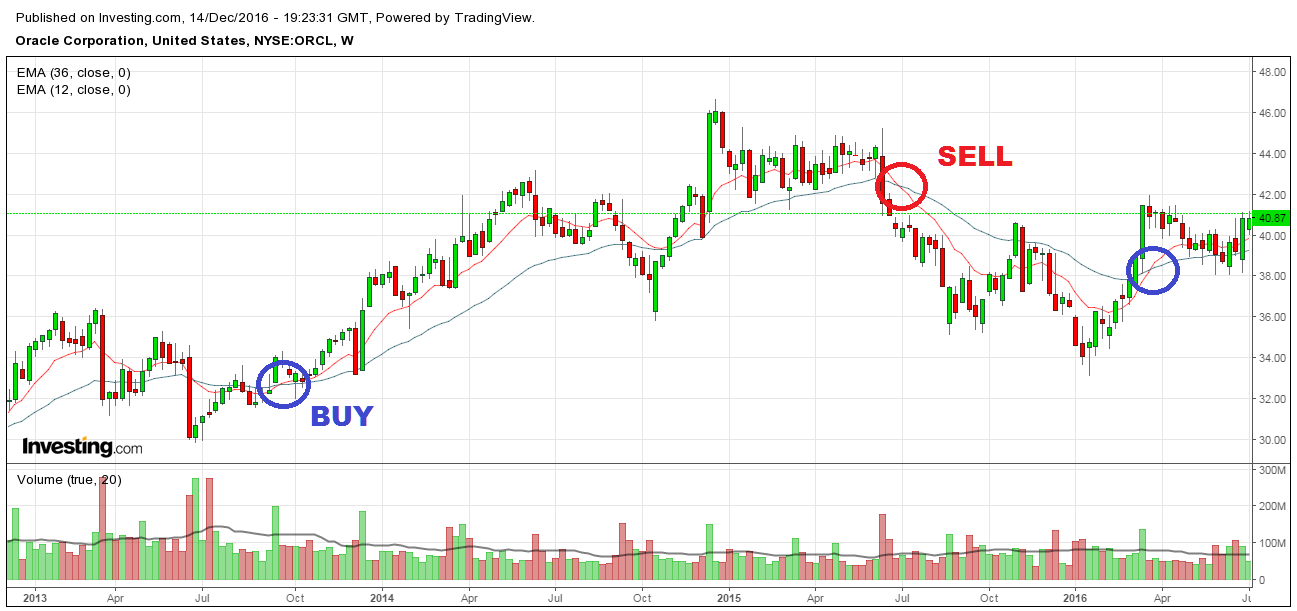In the ever-evolving landscape of financial markets, traders seek advanced trading strategies to maximize their returns and mitigate risks. Enter positional option trading, a sophisticated approach that harnesses the power of options to capitalize on long-term market trends. This article serves as your comprehensive guide, unraveling the intricacies of positional option trading and empowering you to navigate these volatile waters with confidence.

Image: www.moneyoutline.com
Defining Positional Option Trading: Your Window into Future Market Movements
Positional option trading involves buying or selling options with the intent of holding them for an extended period, typically ranging from several weeks to months. Unlike short-term options strategies, positional trading focuses on capturing substantial price movements within the underlying asset. Options, financial instruments that convey the right but not the obligation to buy (call options) or sell (put options) an underlying asset at a set price, serve as the foundation of this trading approach.
Why Positional Option Trading? Unveiling Its Benefits and Risks
Positional option trading offers several compelling benefits that attract seasoned traders:
-
Leverage Potential: Options provide leverage, allowing traders to control a larger portion of the underlying asset with a relatively small initial investment.
-
Defined Risk and Rewards: Unlike stock ownership, options clearly delineate both potential profits and losses, enabling traders to manage risks effectively.
-
Directional Neutrality: Positional option trading suits various market scenarios, whether bullish (expecting price rise), bearish (forecasting price decline), or neutral (anticipating minimal price movement).
However, it’s crucial to acknowledge the inherent risks associated with this trading strategy:
-
Time Decay: Options lose value over time, a factor that becomes more pronounced as expiration approaches.
-
Market Volatility: Unexpected market swings can impact option premiums, potentially eroding profit potential or leading to substantial losses.
-
Opportunity Cost: Holding options for extended periods may preclude traders from capturing potential gains in other investments.
Stepping into the Arena: A Step-by-Step Guide to Positional Option Trading
-
Target Selection: Identify an underlying asset that exhibits long-term trends or anticipated price movements.
-
Options Selection: Determine the appropriate option type (call or put) and expiration date based on your market outlook and risk tolerance.
-
Execution: Enter your trade by buying or selling the chosen options at the current market price.
-
Position Management: Monitor your position regularly, adjusting as necessary based on market conditions, time decay, and profit targets.
-
Exit Strategy: Plan your exit strategy in advance, including profit targets and stop-loss levels, to secure your profits and minimize losses.

Image: www.pinterest.ca
Mastering Positional Option Trading: Keys to Success
-
Fundamental Analysis: Understand the underlying fundamentals driving the price movements of the chosen asset.
-
Technical Analysis: Utilize technical indicators and charting techniques to identify potential trend reversals and trading opportunities.
-
Market Sentiment: Stay abreast of market sentiment and major economic events that may influence the direction of the underlying asset.
-
Risk Management: Establish clear risk parameters and employ strategies like stop-loss orders and position sizing to mitigate potential losses.
-
Patience and Discipline: Positional option trading requires patience and discipline. Allow your positions to play out over time without impulsive adjustments.
Positional Option Trading An Advanced Guide
Conclusion: Unleashing the Power of Positional Option Trading
Positional option trading empowers traders with the ability to harness long-term market trends and potentially generate substantial returns. However, it’s imperative to approach this strategy with a deep understanding of the underlying concepts, risks, and market dynamics. By embracing the principles outlined in this guide, practicing risk management, and cultivating patience, you can unlock the potential of positional option trading and establish yourself as a seasoned trader in the financial markets.






